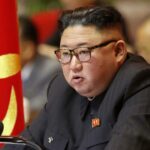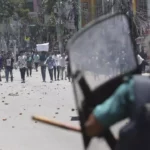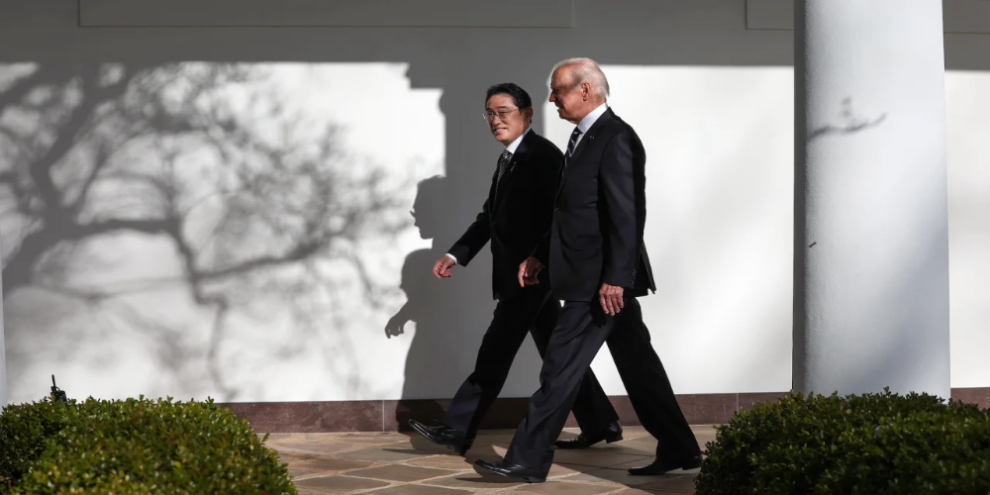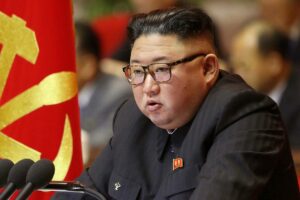Seoul, South KoreaCNN — It’s an arms race bigger than anything Asia has ever seen – three major nuclear powers and one fast-developing one, the world’s three biggest economies and decades-old alliances all vying for an edge in some of the world’s most contested land and sea areas.
In one corner are the United States and its allies Japan and South Korea. In another corner, China and its partner Russia. And in a third, North Korea.
With each wanting to be one step ahead of the others, all are caught in a vicious circle that is spinning out of control. After all, one man’s deterrence is another man’s escalation.
“We’ll continue to see these dynamics spiral in East Asia, where we have no measures of restraint, we have no arms control,” Ankit Panda, a nuclear policy expert at the Carnegie Endowment for International Peace, told CNN.
The visit of Japanese leaders to Washington over the past week only served to highlight the point. On Friday, fresh from a meeting with US President Joe Biden, Japanese Prime Minister Fumio Kishida expressed his concern over China’s military activities in the East China Sea and the launch of ballistic missiles over Taiwan that landed in waters near Japan in August.
Kishida warned Beijing against trying to “change the international order” and said it was “absolutely imperative” for Japan, the US and Europe to stand united on China. His words came just days after US and Japanese ministers had spoken ominously of the “ongoing and accelerating expansion of (China’s) nuclear arsenal.”

Japanese and South Korean warships join the submarine USS Annapolis and US nuclear-powered aircraft carrier Ronald Reagan during a combined trilateral anti-submarine exercise on September 30, 2022.South Korean Defense Ministry/Getty Images
Yet according to North Korea and China, it is Japan who is the aggressor. They have seen Tokyo pledge recently to double its defense spending while acquiring weapons capable of hitting targets inside Chinese and North Korean territory. And their alleged concerns will only have grown with the announcement just days ago of plans for new US Marine deployments on Japan’s southern islands, including new mobile anti-ship missiles meant to thwart any first strike from Beijing.
To the US and Japan, such moves are about deterrence; to Beijing, they are escalation.
Digging Up the Past
China claims its concerns are based on historical reasons. It says it fears Tokyo is returning to the military expansionism of the World War II era, when Japanese forces controlled vast swathes of Asia and China bore the brunt. Some 14 million Chinese died and up to 100 million became refugees during the eight years of conflict with Japan from 1937 to 1945.
Beijing insists the plans, which include Japan acquiring long-range “counterstrike” weapons like Tomahawk missiles that could hit bases inside China, show Tokyo threatens peace in East Asia once again.
But critics suspect China has a secondary motive in dredging up historical wounds – distracting from its own military buildup.
They point out that, even as Beijing vociferously rejects US and Japanese concerns about its own burgeoning military might, it has been growing its naval and air forces in areas near Japan while claiming the Senkaku Islands, an uninhabited Japanese-controlled chain in the East China Sea, as its sovereign territory.
In late December, Japan said Chinese government vessels had been spotted in the contiguous zone around the islands, known as the Diaoyus in China, on 334 days in 2022, the most since 2012 when Tokyo acquired some of the islands from a private Japanese landowner. From December 22 to 25, Chinese government vessels spent almost 73 consecutive hours in Japanese territorial waters off the islands, the longest such incursion since 2012.
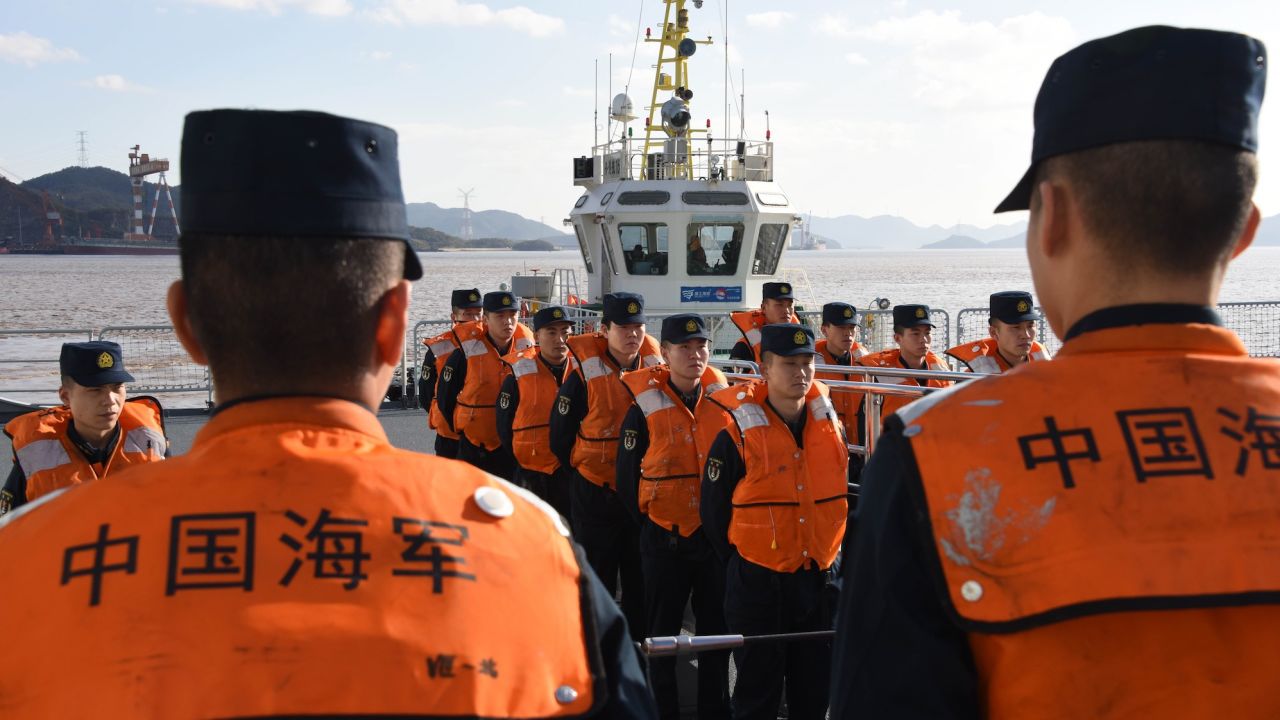
A Chinese fleet heads for a naval exercise with Russia from a military port in Zhoushan, east China’s Zhejiang province, on Dec. 20, 2022.Li Yun/Xinhua News Agency/Getty Images
China has also been raising the temperature through the strengthening of its partnership with Russia. A State Department official told CNN recently that this had not only spurred some of the US-Japan agreements, but that Russia’s invasion of Ukraine had “moved things on warp drive” given how Russian President Vladimir Putin and Chinese leader Xi Jinping had showcased their close relationship in the lead up to the Beijing Olympics.
And Russia has been showing its military abilities in the Pacific, including in December, when its warships joined Chinese ships and planes for a weeklong live-fire exercise in the East China Sea.
Beijing’s aggression has been particularly visible when it comes to Taiwan, a self-governing island of 24 million that the Chinese Communist Party claims as its territory despite never having controlled it.
Xi has refused to rule out the use of military force to bring the island under Beijing’s control, and China has increased its aggressive military activities around the island, especially since the visit of then-US House Speaker Nancy Pelosi in August. In the days following Pelosi’s visit, China held unprecedented military drills around the island, firing multiple missiles near its waters and sending its warplanes to harass it.
As recently as last week China sent 28 warplanes across the median line of the Taiwan Strait, including J-10, J-11, J-16 and Su-30 fighters, H-6 bombers, three drones and an early warning and reconnaissance aircraft. That exercise mirrored a similar one on Christmas Day, when the People’s Liberation Army sent 47 aircraft across the median line.
Amid such actions, US resolve has remained strong. Washington has continued to approve a growing list of military sales to the island, in line with its obligations under that Taiwan Relations Act.
North Korea’s Nuclear Escalation
A thousand miles to the north of Taiwan, talk of cooperation on the Korean Peninsula is a faint and fading light.
North Korean leader Kim Jong Un is calling for an “exponential increase” in his country’s nuclear weapons arsenal, starting from 2023, and is building a fleet of “super large” mobile rocket launchers that could hit any point in the South with a nuclear warhead.
In a report Thursday, the South’s Korea Institute for Defense Analyses (KIDA) said that Kim’s plan could manifest itself into 300 weapons in the coming years.
That is a great step up from 2022, when the Stockholm International Peace Research Institute (SIPRI) estimated he had 20 assembled nuclear weapons and enough fissile material to make up to 55.
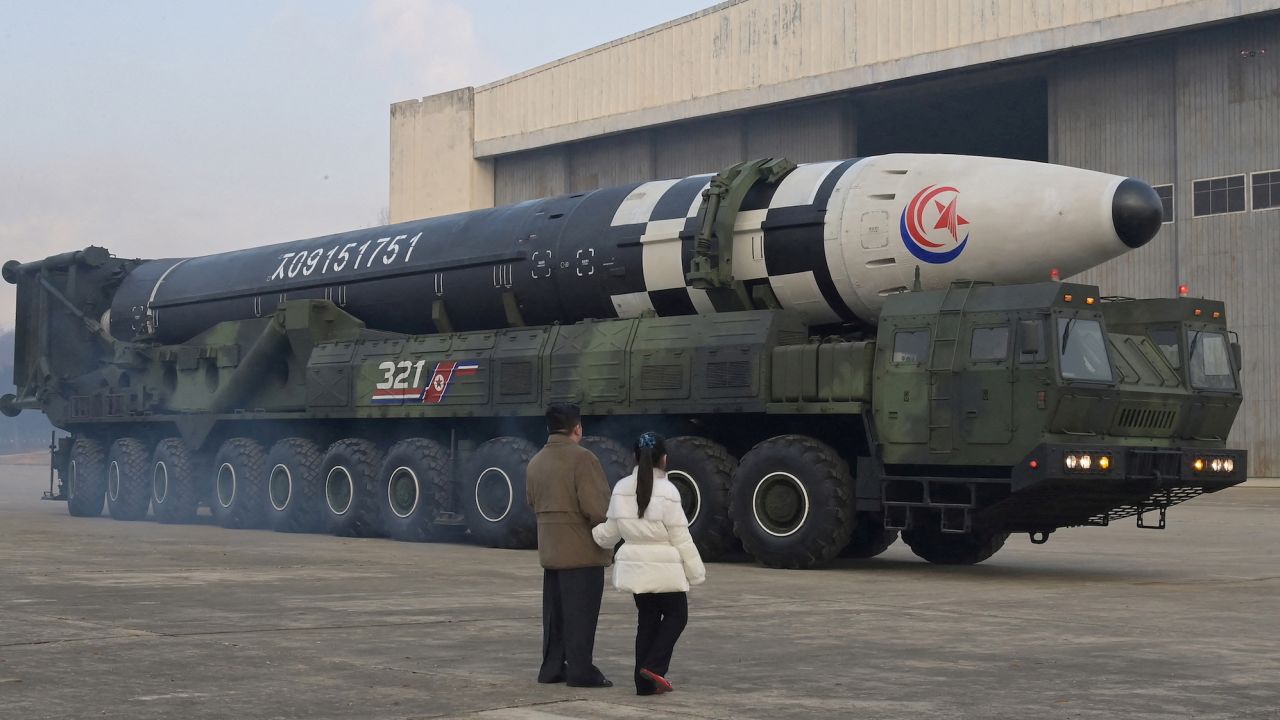
North Korean leader Kim Jong Un inspects an intercontinental ballistic missile (ICBM) in a photo released on November 19, 2022, by North Korea’s Korean Central News Agency.KCNA/Reuters
Three hundred nuclear warheads would leapfrog North Korea ahead of the long-established nuclear nations of France and the United Kingdom and leave it behind only Russia, the US and China on SIPRI’s nuclear stockpile rankings.
Such a prospect has South Korean President Yoon Suk Yeol vowing a military build-up of his own.
“Firmly building a (military) capability that allows us to strike back 100 times or 1,000 times more if we are attacked is the most important method for preventing attacks,” Yoon said this week, in remarks reported by the Yonhap news service.
He even raised the prospect of South Korea building its own nuclear arsenal, suggesting his country could “deploy tactical nuclear weapons or possess its own nukes.”
The thought of the Korean Peninsula being host to even more nuclear weapons is something US leaders are highly wary of – even if those weapons were to belong to an ally.
Developing nukes would also mean South Korea losing some of the moral high ground it has occupied for its adherence so far to the 1992 Joint Declaration of the Denuclearization of the Korean Peninsula, which Pyongyang has repeatedly violated.
So to assure its ally, the US has made clear that Washington’s backing of South Korea is “iron clad” and all US military assets are on the table to protect it.
“The United States will not hesitate to fulfill its extended deterrence commitment to (South Korea) by using a full spectrum of US defense capabilities and that extends to nuclear, conventional, and also missile defense,” Adm. Mike Gilday, the US chief of naval operations, told a virtual forum of the Institute for Corean-American Studies (ICAS) on Thursday.
Gilday cited as an example of US support for the South the visit of a US aircraft carrier to the South Korean port of Busan last year. But it’s just such a display of one of Washington’s most powerful warships in North Korea’s backyard that Pyonygang sees as a threat.
And so the spiral continues.
Still, as Asia’s arms race accelerates, one thing that has become clear is that the US, Japan and South Korea will be engaging as a pack, rather than isolated individuals.
The presence of Kishida and other Japanese leaders in Washington over the past week has provided ample visual evidence of that.
“The closer that we work together, the stronger that we become,” Adm. Gilday said of the three-way cooperation during his speech to ICAS. “Hopefully (that will) convince any potential adversary it’s not worth it to make a move.”
Perseverance is necessary in the face of relentless pressure from adversaries, he added.
“We shouldn’t be deterred, and we shouldn’t lose our nerve in terms of what it takes for all of us to come together.”
Source : CNN

